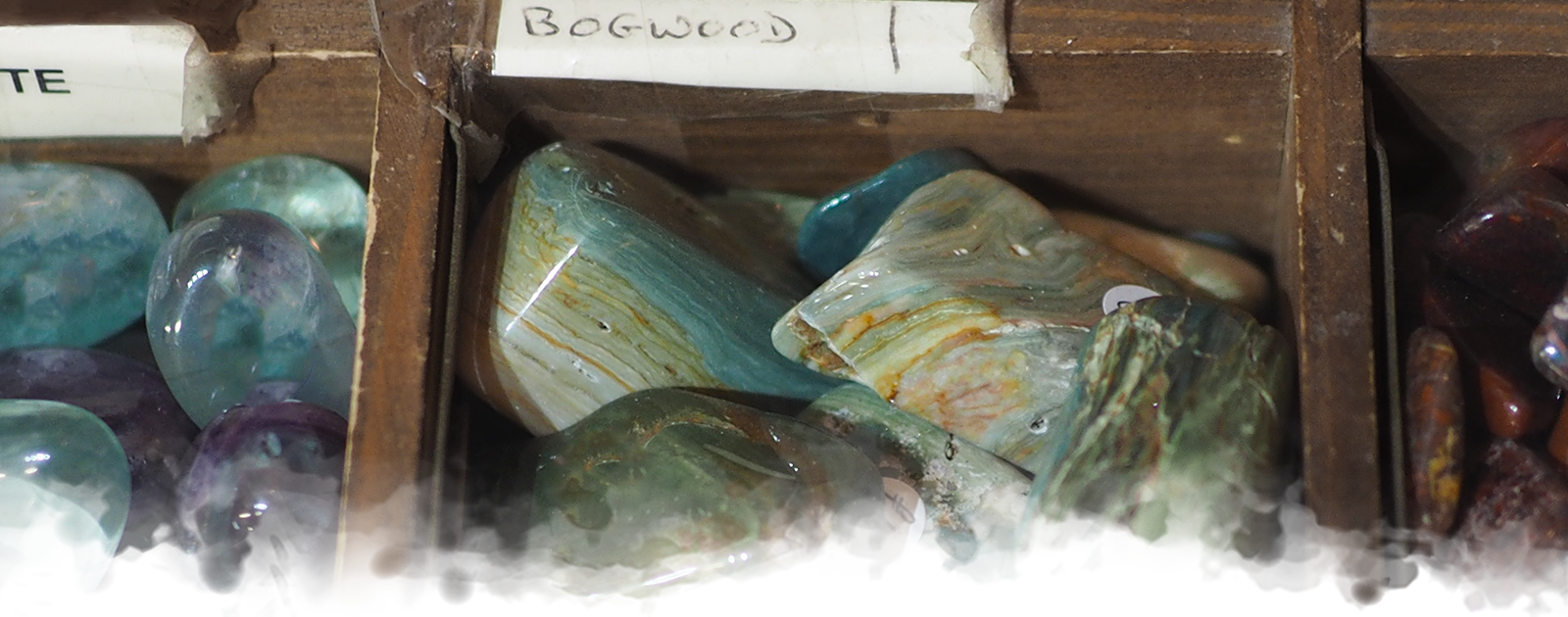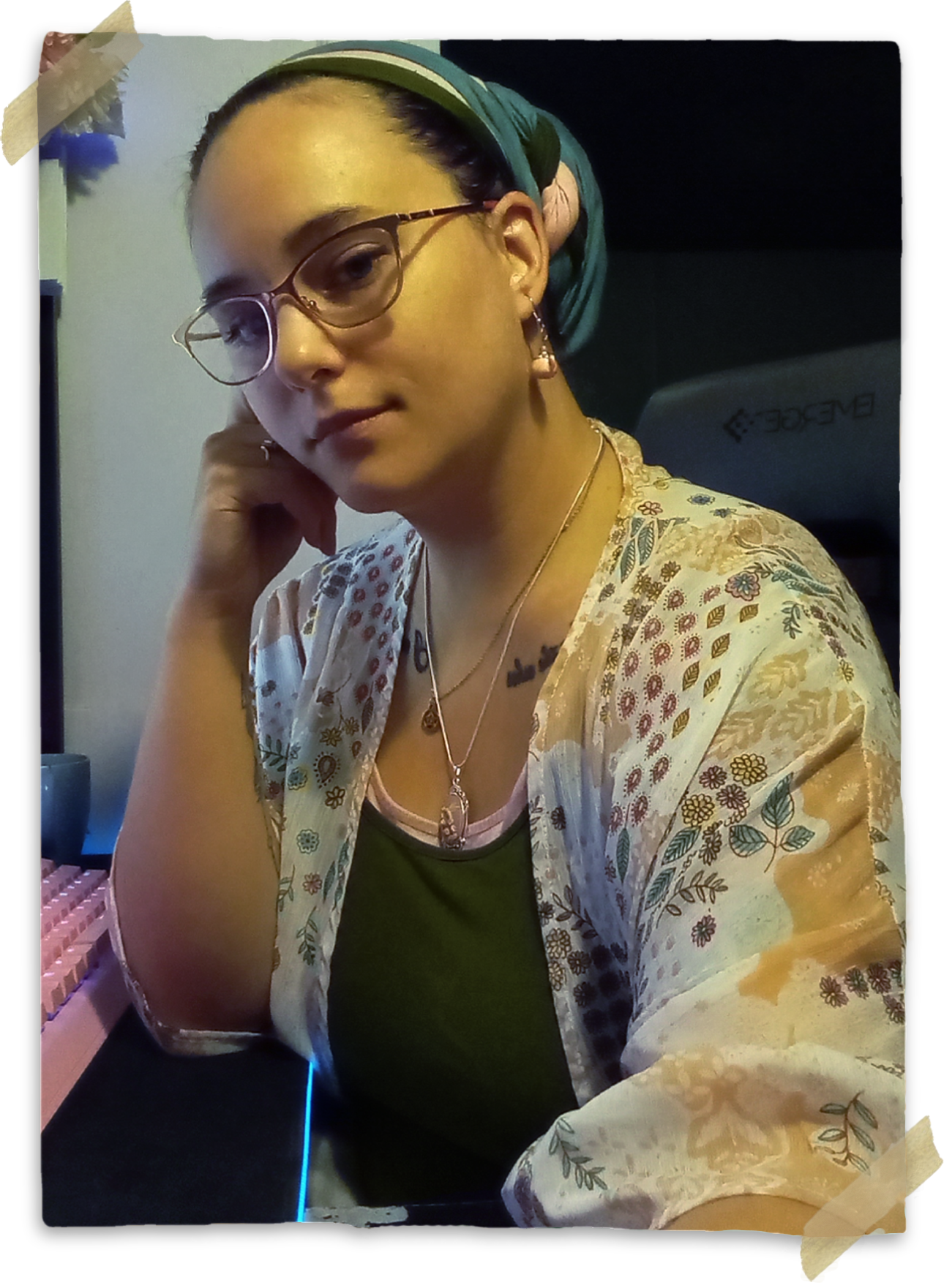Mithral
Starlight Metal
Appearance & Structure
For the most part, Mithral resembles Silver in both appearance and properties. It varies more widely in color, though- ranging from a very dark, bluish grey to a creamy white. In the majority of cases, this color range can be used to visually determine the purity of the metal, as pure Mithral is most commonly white in color. As a result the metal is frequently categorized into two groups: The impure Grey Mithral, and the pure White Mithral. Both forms of Mithral are much lighter in weight than iron and other metals- including the Platinum around which its generally found. Despite the weight, however, it is significantly stronger after smelting and working. But while both Grey and White Mithral can be used in traditional metalworking, White Mithral is significantly easier to work with and provides a stronger, more stable end product. Regardless of its purity or what color it is, however, all Mithral has a shimmery blue quality to it; often described as being "like starlight", this shimmering effect is most noticeable in lowlight environments. For that reason it's used extensively to not only find Mithral veins themselves- but also to detect the presence of Platinum veins that may be hidden within the stone.Distribution
A byproduct of Platinum formation, Mithral in all its forms is incredibly rare- forming at depths between 6,000 and 10,000 feet, though a handful of veins have been found as close as 1,600 feet from the surface. Likewise, Mithral is difficult to extract from the surrounding rock; for every 1 ton of concentrated Mithral ore produced by a mine, approximately 3 to 5 tons of slag will be produced as a result. As of the current era only three mines produce either product: The Thiiruan and Juriin Mine in the Domur Mountains, operated by the Druagmiir- and the Halueth'ari Mines in the Athdran-Lachill Mountains, operated by the Caenala'vi.Common Uses
As a soft and malleable metal, Mithral can be smelted like silver, beaten like copper, and polished to shine like a mirror- all while retaining the lightness of a feather, and the strength of Titanium. Best yet, Mithral does not tarnish, rust, or dim with time. It also takes enchantment well, and will hold magic longer than most metals (though not as long as Sunstone will)- making it all around more valuable than mundane metals like steel, silver, or gold. As a result of its high flexibility, Mithral can be used to make an incredibly wide range of objects. These include decorative objects and fine threads, to fine jewelry like necklaces, bracelets, and brooches. Its most frequent use, however, is in the production of thin and lightweight armor (especially in combination with Milonan Silk)- though is a poor metal for crafting weapons.
Item type
Raw Material Rarity
Rare Prices
3 PP / lb
Raw Material Rarity
Rare Prices
3 PP / lb























Comments
Author's Notes